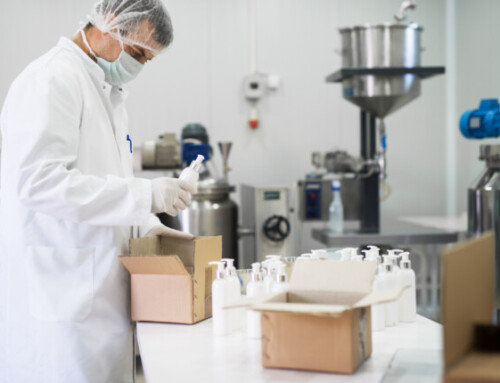Temperature Mapping
What is Temperature Mapping?
Temperature mapping is the process of monitoring & documenting temperature fluctuations in a controlled space such as a freezer, warehouse, or processing equipment to ensure that products are stored at their optimal temperatures.
How to Perform Temperature Mapping
- Determine Mapping Criteria
- Place Temperature Loggers
- Retrieve and Download Temperature Data
- Document Process and Analyze Data
Validation Equipment for Temperature Mapping
- Data Logger Temperature Mapping System
Things to consider in relation to choosing data loggers are the storage capacity, sampling rate, temperature range, temperature accuracy, physical size, internal vs. external sensor, transmitting vs. non-transmitting, and battery life. - Thermocouple Temperature Mapping System
This solution requires a base unit that the thermocouples can connect to in order to collect data and perform various analyses. The type and quality of thermocouples will have an effect on the accuracy. The accuracy of the thermocouples increase or decrease depending on the temperature being mapped.
Factors to Consider During Temperature Mapping
Understand the external factors that can impact Temperature Mapping accuracy, including changing climates, sunlight exposure, restricted airflow, open windows and doors, and HVAC systems.
For more in-depth information on Temperature Mapping and expert guidance, contact cGMP Consulting today at Info@cgmpconsulting.com!
Kajal Modi, Project Engineer





